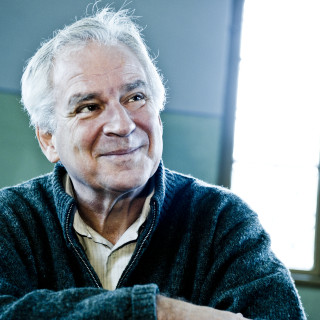Split-second decisions at the supermarket
One and a half seconds. In that time the packaging’s message must reach the customer if they are not to look away and choose a competing product from the supermarket shelf.
By measuring customers’ eye movements, a research group at the Humanities Laboratory has discovered that we look at no more than half the range on the shelf when we are looking for a specific product. The item that we eventually choose to pick up receives around seven seconds of our attention.
“We spend most time on the moderately difficult decisions. Choosing milk, which we buy often, is an easy decision. Jam, which we buy rarely, becomes an overwhelming task that we prefer not to spend a lot of time on. On the other hand, we devote more time to choosing pasta, which we buy relatively often but not every time we shop”, says Kerstin Gidlöf, a doctoral student in Cognitive Science.
“Studies show that 70 per cent of our choices are made in the shop.”
In her view, there are two types of choice – either we have decided what we will buy before we enter the shop or we make our choice at the shelf.
“It is most common that we decide at the supermarket. Studies show that 70 per cent of our choices are made in the shop”, says Kerstin Gidlöf.
Preliminary results from research conducted in the summer show that the placement of the products on the shelf is irrelevant for established products, whereas for others, it is very significant.
“But it is not a central position that is best, rather a position on the upper left of the shelf”, says Kerstin Gidlöf.
Text: Cecilia Franke
Photo: Charlotte Carlberg Bärg
Published: 2013


